How to Tune your Viola using the Tuner Lite app by Piascore
If your instrument is like mine, then all it takes is a change in temperature or humidity, a peg slip or peg bump and the sound or pitch of each string can be affected. Professionals tune their ‘A or La’ string first to a tuner and then tune the other strings by ear, but if you are just starting to tune your own instrument, then tuning each individual string is the best way to start. Below is a step-by-step guide on how to tune your viola.
Tuner Lite Features
- Needle meter display
- High accuracy
- Freely adjust notation, transposition, temperament
- It uses the built-in mic in your iPhone or iPad
- Easy to use
Tuning Order of Strings
| Tuning Order | String |
|---|---|
| 1 | A or La |
| 2 | D or Re |
| 3 | G or Sol |
| 4 | C or Do |
String Notation on Tuner Lite app by Piascore
Make sure that each string has the appropriate number beside it. View screenshots below for reference.
| String | Piascore Notation |
|---|---|
| A or La | A4 |
| D or Re | D4 |
| G or Sol | G |
| C or Do | C |
Step by Step Guide to Tuning your Viola
Here’s a step-by-step guide to tuning your violin with Piascore’s chromatic tuner app:
Step 1
- Download the Tuner Lite app by Piascore – it’s FREE!
Step 2
- Set the ‘CALIB’ to 440Hz or 441Hz by pressing ‘-’ or ‘+’
Step 3
- Start by bowing the ‘A or La’ string by making a smooth long tone
- If the needle is left of the of ‘0’, it means your ‘A or La’ string is too low or flat
- If the needle is right of the of ‘0’, it means your ‘A or La’ string is too high or sharp
- If the needle falls right at ‘0’, then it’s perfect and you get to move on to the ‘D or Re’ string
Step 4
If the ‘A or La’ string is flat, then here are the steps you need to take:
- With the fine tuners, located on the tailpiece, you will need to turn the ‘A or La’ string tuner clockwise.
- If the tuner is too loose or too tight and there is not more give to it, then you will need to adjust the peg. Tighten the peg by turning the peg away from you.
If the ‘A or La’’ string is sharp, then here are the steps you need to take:
- With the fine tuners, located on the tailpiece, you will need to turn the ‘A or La’ string tuner counter-clockwise.
- If the tuner is too loose or too tight and there is not more give to it, then you will need to adjust the peg. Loosen the peg by turning the peg towards you.
Step 5
When the ‘A or La’ string falls in the middle, at ‘0’ and the green light appears, then you can move on to the ‘D or Re’, ‘G or Sol’ and finally the ‘C or Do’ strings.



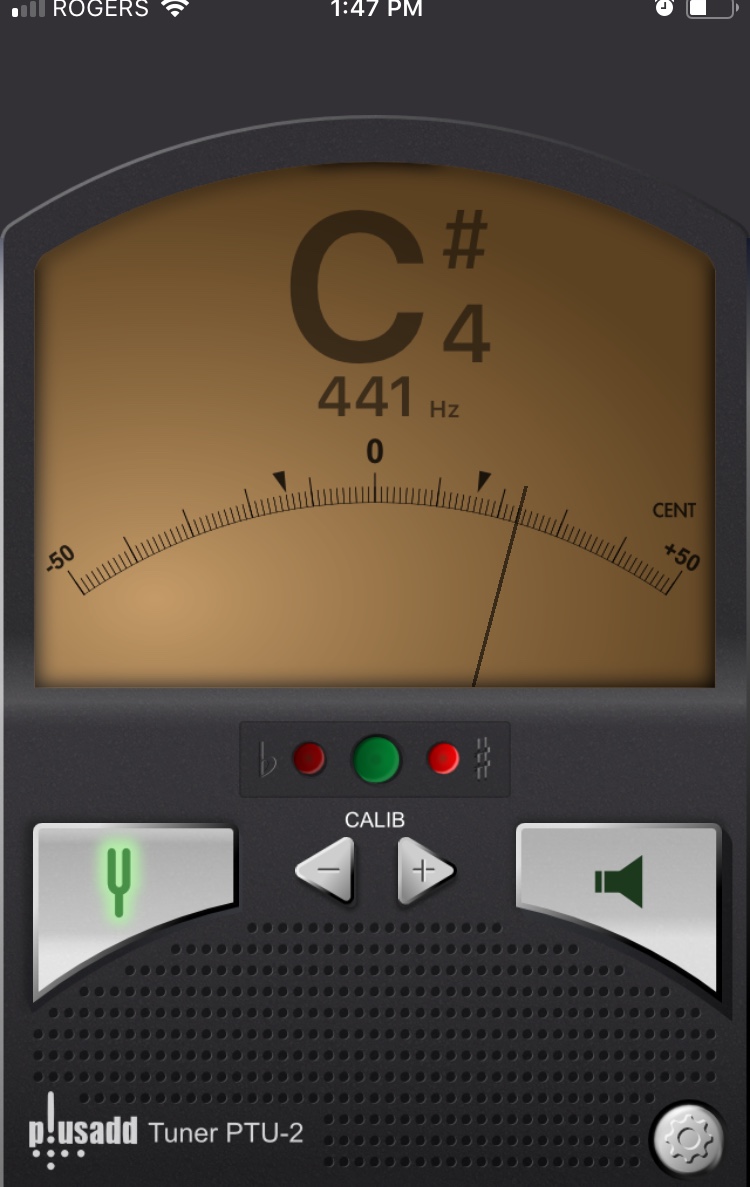
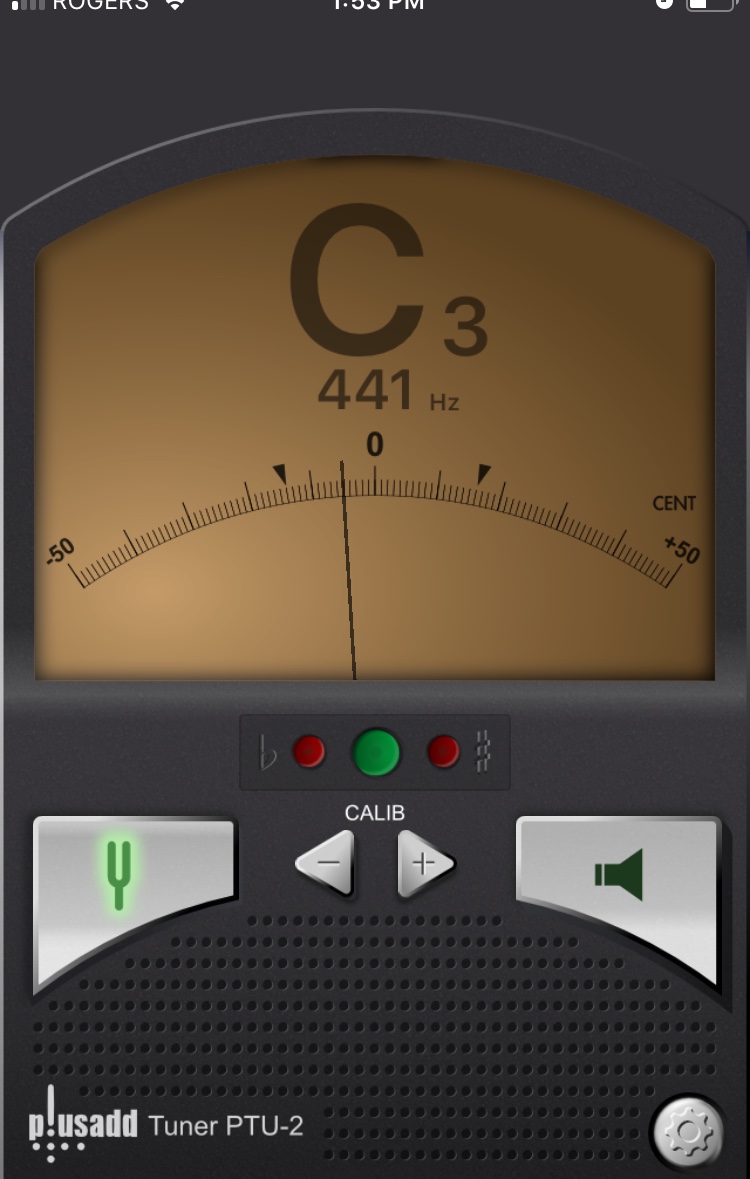

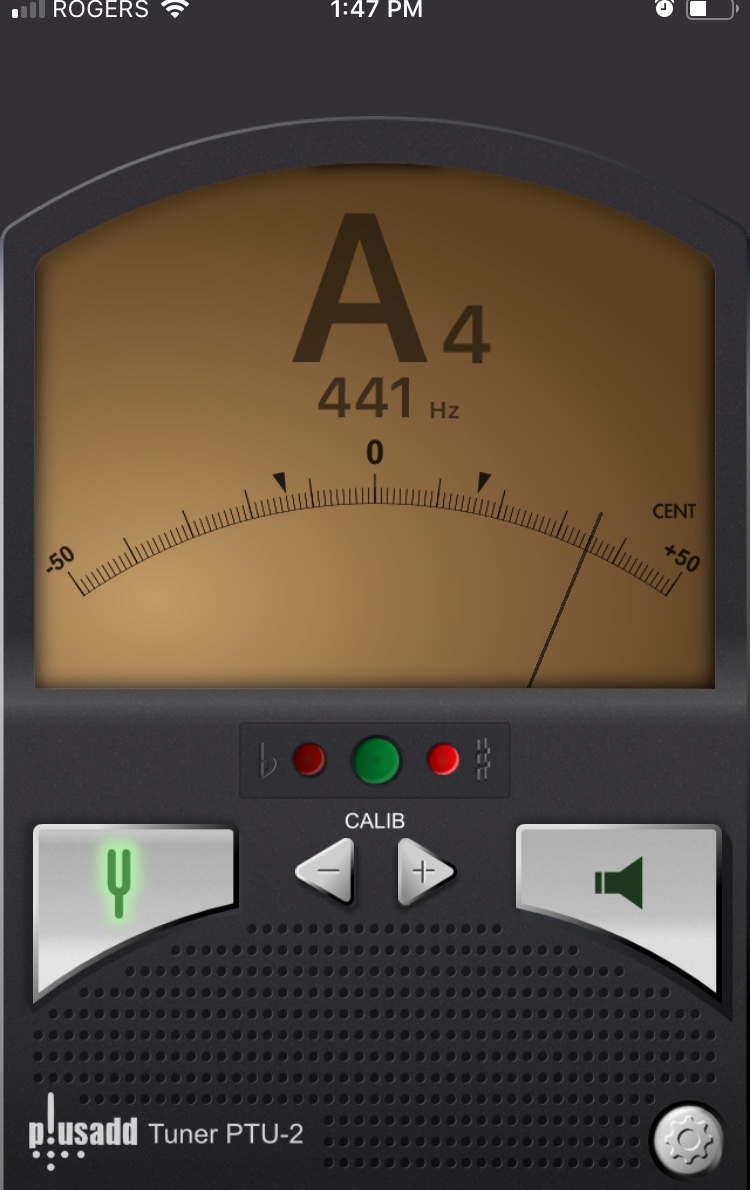

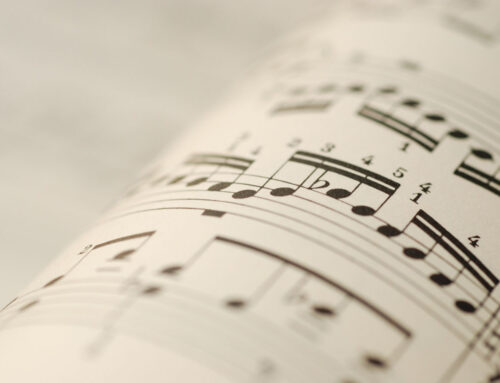


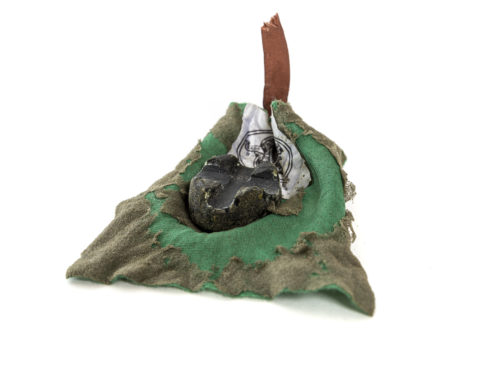

Absolutely stimulating points you have remarked, thanks a lot for publishing. Elvera Dwain Emalia
I really enjoy the article post. Thanks Again. Really Great. Kania Dana Fuller
Awesome post. I am a normal visitor of your blog and appreciate you taking the time to maintain the excellent site. I will be a regular visitor for a really long time. Vikki Wilt Stargell
Thank you for writing such an excellent article, it helped me out a lot and I love studying this topic.
You’ve been really helpful to me. Thank you!
Thank you for writing such an excellent article, it helped me out a lot and I love studying this topic.
Thank you for your post. I liked reading it because it addressed my issue. It helped me a lot and I hope it will help others too.
Hello my friend! I wish to say that this post is amazing, nice written and include approximately all significant infos. I?d like to see more posts like this.
I do not even know how I ended up here, but I thought this post was great. I do not know who you are but definitely you are going to a famous blogger if you aren’t already 😉 Cheers!
Thank you for sharing indeed great looking !